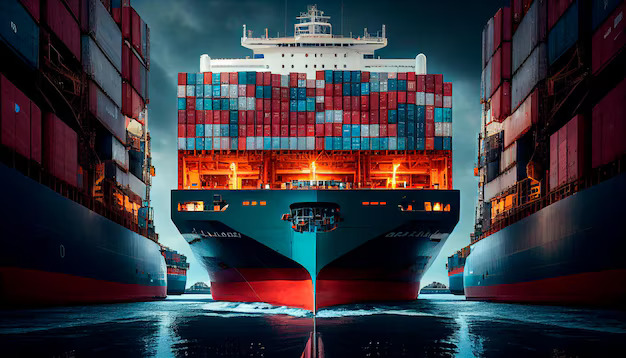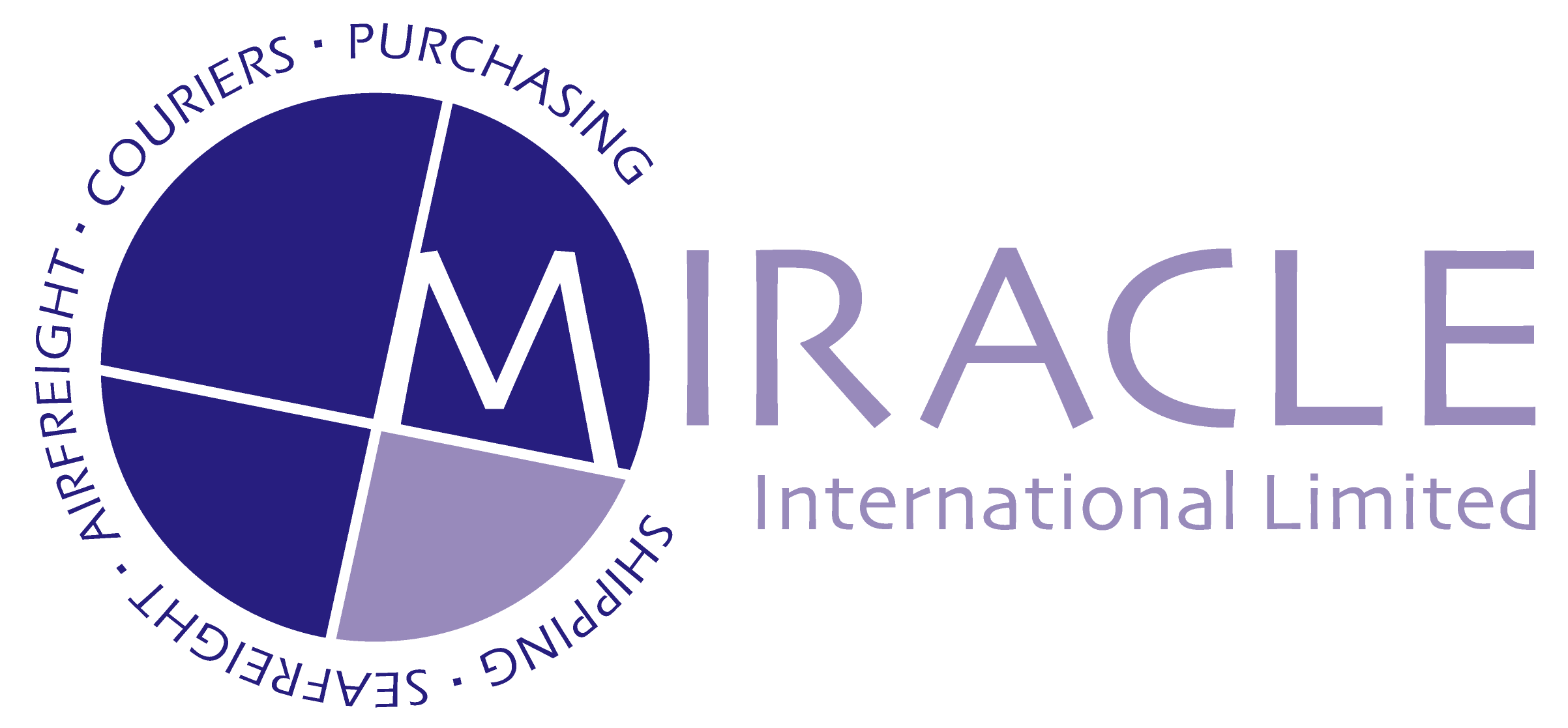
12 Nov FCL Shipping: A Complete Guide
Understanding FCL Shipping: A Complete Guide
When it comes to international shipping, businesses must choose between different methods based on their needs, cargo volume, and budget. One of the most common options is Full Container Load (FCL) shipping. But what exactly is FCL, and how can it benefit your business? This guide explains everything you need to know about FCL shipping, from the basics to its advantages and disadvantages.
What is FCL Shipping?
Full Container Load (FCL) shipping refers to the transportation of goods that fill an entire container, typically either 20 feet or 40 feet in length. With FCL, your shipment is the only cargo in the container, which means you’re not sharing space with other shipments. This method is most commonly used for larger shipments, and it’s ideal when you have enough goods to fill or nearly fill an entire shipping container.
Unlike LCL (Less-than-Container Load) shipping, where you share space with other shipments, FCL allows you to use the entire container for your own goods, offering certain advantages in speed, security, and efficiency.
Get a free quote today by contacting us at ops@miracle-international.co.uk or call us today on 01753 571900
How Does FCL Shipping Work?
FCL shipping follows a simple, streamlined process. Here’s an overview of the key steps involved:
- Booking and Container Preparation
Once you’ve determined that FCL is the right shipping method for your needs, you’ll book your shipment with a freight forwarder or shipping company. After the booking is confirmed, you’ll arrange for the container to be delivered to your warehouse, where your goods will be packed. - Loading the Container
The goods are carefully loaded into the container, ensuring that they are packed securely to prevent damage during transport. Once packed, the container is sealed and ready for shipment. - Transport to Port of Departure
The container is transported to the port of origin, either by truck, rail, or other inland transportation methods, depending on your location and the nearest port. - Customs Clearance
Before leaving the country, your shipment must go through customs clearance. All required documents, including commercial invoices, bills of lading, and other relevant paperwork, must be submitted to customs authorities for approval. - Ocean Freight
Once cleared, the container is loaded onto a cargo ship and sails across the ocean to its destination port. Depending on the shipping route and destination, the transit time can vary. - Arrival at Destination Port
Upon arrival at the destination port, the container goes through another round of customs clearance. This step is crucial to ensure that your goods comply with the local regulations and duties of the destination country. - Final Delivery
After clearing customs, the container is unloaded, and your goods are either picked up from the port or delivered directly to your warehouse or customer, depending on the agreed-upon terms of the shipment.
Advantages of FCL Shipping
- Efficiency and Speed
FCL shipments generally have faster transit times compared to LCL (Less-than-Container Load) shipping. Since you’re using a full container, there’s no need to wait for other shipments to be consolidated, which can significantly shorten delivery times. - Security and Control
With FCL shipping, your goods are the only ones in the container, which reduces the risk of damage from other cargo. You have more control over the packing process, ensuring that your goods are securely loaded and well protected. - Cost-Effective for Larger Shipments
For businesses with larger volumes of cargo, FCL can be more cost-effective than LCL. While you’re paying for the full container, the cost per unit of cargo may be lower when you have enough goods to fill or nearly fill a container. - Less Handling
Because your shipment is the only one in the container, there’s less handling involved during transport. This reduces the chances of delays or mistakes, as your cargo is not moved around or re-packed with other shipments during the journey. - Better Flexibility in Scheduling
FCL shipments offer greater flexibility in terms of scheduling. You can book the container for your preferred sailing dates, and you won’t have to wait for the container to be consolidated with other shipments, which can sometimes cause delays in LCL shipping.
Disadvantages of FCL Shipping
- Higher Initial Costs
FCL shipping can be more expensive upfront, especially for smaller shipments that don’t require the entire container. Businesses with smaller loads might find LCL shipping to be a more economical choice. However, the cost per unit of cargo tends to decrease as the volume of goods increases, making FCL more cost-effective for larger shipments. - Empty Space in the Container
If your goods don’t fill the container completely, you may end up paying for unused space. While FCL is ideal for large shipments, if you only have a partial load, it might not be the most efficient use of resources. - Increased Responsibility for Packing
With FCL shipping, you are responsible for loading the container, which can involve more effort in terms of organization and packing. It’s essential to ensure that the goods are packed efficiently to avoid wasting space and minimize the risk of damage during transit.
When Should You Use FCL Shipping?
FCL shipping is the best choice when you have a large shipment that fills or nearly fills an entire container. This method is particularly beneficial for:
- Businesses with Large Shipments: If your cargo volume is sufficient to fill an entire container, FCL will be more cost-effective than other shipping methods.
- Time-Sensitive Shipments: If you need faster delivery and more control over your shipping timeline, FCL is a quicker option than LCL.
- Valuable or Fragile Goods: If your goods are high-value, fragile, or require special handling, FCL ensures that your cargo remains separate from other shipments, reducing the risk of damage.
How to Calculate FCL Shipping Costs
FCL shipping costs are generally based on the size of the container (20ft or 40ft) and the shipping route. In addition to the base freight rate, there are other factors that can affect the overall cost, including:
- Port fees: Charges for loading/unloading and handling at the port.
- Inland transportation: Costs for moving the container from your warehouse to the port.
- Customs fees: Any customs duties, taxes, and clearance charges that apply to your goods.
It’s important to work with your freight forwarder to get an accurate quote that includes all additional charges and ensures there are no surprises down the road.
Tips for Successful FCL Shipping
- Accurate Measurement and Weight: Ensure that you have the correct dimensions and weight for your cargo. Accurate information helps prevent unexpected costs and delays.
- Efficient Loading: Maximize the use of space in the container by packing your goods efficiently. This will reduce the potential for unused space, which could lead to wasted costs.
- Proper Documentation: Ensure that all your shipping and customs documents are completed accurately and submitted on time to avoid delays.
- Work with an Experienced Freight Forwarder: FCL shipping can be complex, especially when dealing with international regulations and customs. Partnering with an experienced freight forwarder can help streamline the process and reduce the chances of costly errors.
In Conclusion
FCL shipping is an excellent choice for businesses with larger shipments, offering greater control, security, and faster transit times compared to other methods. While it may have higher upfront costs, the benefits—especially for high-volume shipments—can make it a cost-effective and efficient solution.
By understanding the ins and outs of FCL shipping, you can make informed decisions that help streamline your logistics and reduce costs as your business scales. Whether you’re shipping products to a new market or fulfilling large customer orders, FCL can be the right choice for ensuring your goods arrive safely and on time.
